Wheel of the Year: The 8 Wiccan Holiday Festivals
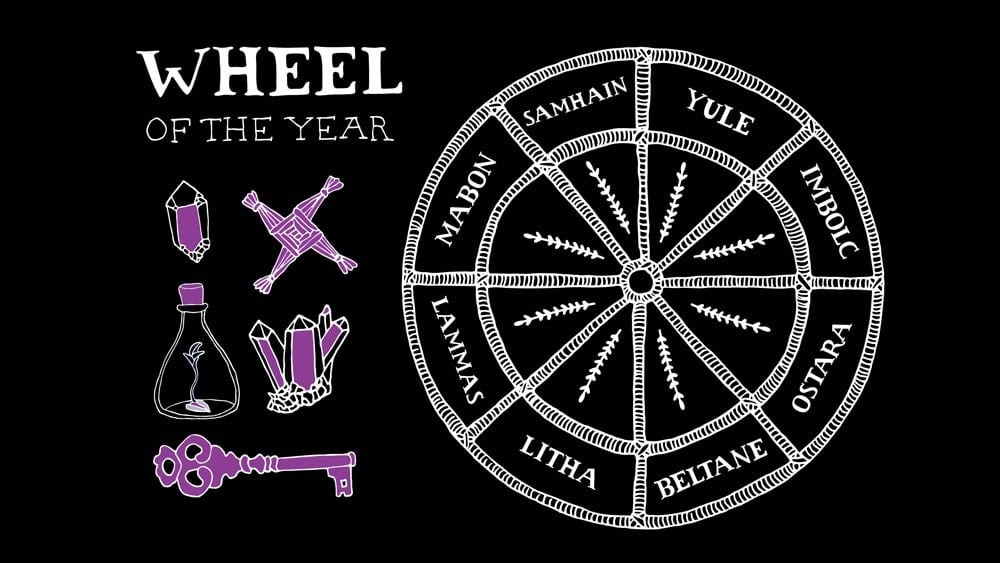
September 21st, 2021
Estimated Read Time: 10 Minutes
In Wicca, we make it a point to honor both feminine and masculine energies, lunar and solar cycles. When we’re practicing our craft according to the lunar cycles, we honor the Moon Goddess with esbats. However, we also have eight solar festivals throughout the year, which are represented by the Wiccan Wheel of the Year.
The Wheel of the Year is a physical representation of the eight pagan festivals that celebrate nature’s life cycles. These eight Sabbats include four solar events — two solstices and two equinoxes — and four cross-quarter events. But how did this calendar come about in the first place?
The Origin of the Wheel of the Year Calendar
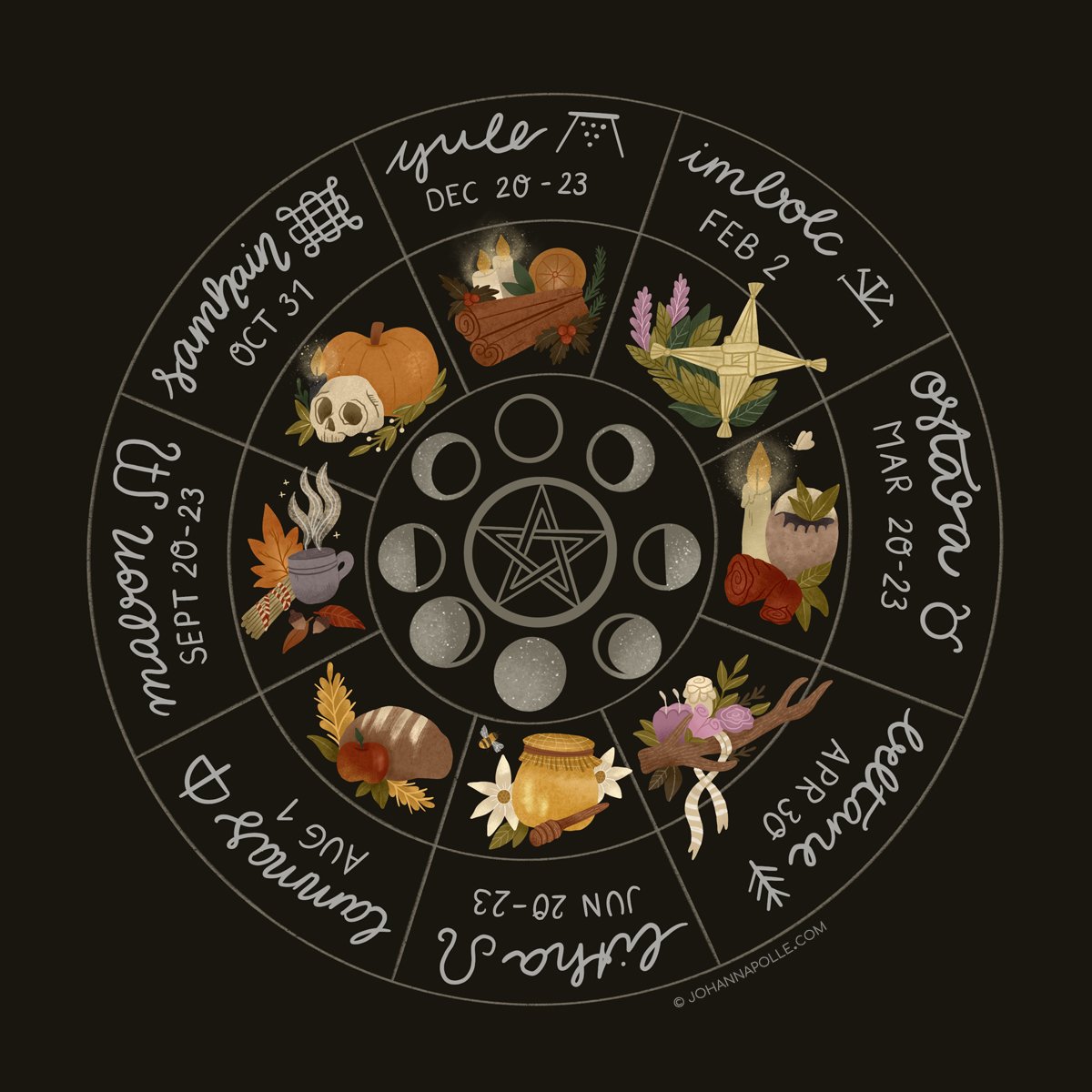
Many historians postulate that ancient pagans marked the passing of time by celebrating certain solar events. On top of that, some of their celebrations were a way to mark events that had agricultural significance. Even so, we can’t say that the seasonal festivals we’re about to discuss ever existed in their current forms. So how did we get to the Wheel of the Year we observe today?
Well, believe it or not, the Wiccan Sabbats are a result of decades, if not centuries, of modern interpretations of ancient rites. In fact, some pretty famous scholars unknowingly participated in the creation of the Wiccan Wheel of the Year.

Even Jacob Grimm of the Brothers Grimm fame tried to shed some light on ancient Anglo-Saxon paganism in his 1835 treatise on Germanic mythology. One of his contributions to the Wheel of the Year included the name of the deity we celebrate during the spring equinox — Ēostre. According to Grimm, the goddess was so deeply rooted in pagan beliefs that Christians had to adopt her when creating their spring holiday — Easter.
But the real turning point in the process of constructing a modern neopagan calendar came more than a century after Grimm’s treatise was published.
The Mid-Century Construction of the Wiccan Wheel of the Year

https://druidry.org/about-us/ross-nichols-founder
In the 1950s, Gerald Gardner of the Bricket Wood coven and Ross Nichols of the Order of Bards, Ovates, and Druids decided to make a concerted effort to define a list of festivals neopagan practitioners could celebrate throughout the year.
On the one hand, Gardner pushed for the inclusion of the four solar events that the Germanic peoples celebrated. Meanwhile, the druids were more inclined to celebrate the cross-quarter events between those dates, as they corresponded with the Celtic fire festivals. In the end, the two groups agreed to celebrate all eight of these events, though the Celtic fire festivals are considered the Greater Sabbats.
Even then, the festivals didn’t have the names they have now. But after Aidan Kelly proposed new names for the equinoxes and the summer solstice festival, the calendar took the shape we now recognize.
The Purpose of the Wiccan Wheel of the Year
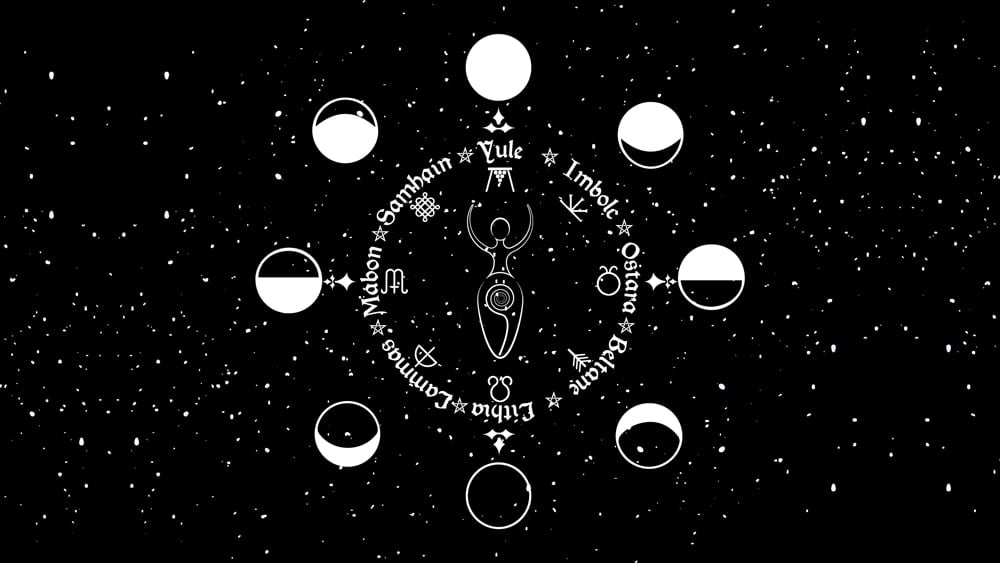
As you might have guessed, the original purpose of the Wiccan Wheel of the Year was to bring neopagan communities together to recognize the changing seasons. Celebrating the Earth’s natural rhythms was supposed to bring us into harmony with the world, which is a physical manifestation of the divine.
Since the Sabbats are meant to align us with the Earth’s natural cycles, they usually focus on agricultural symbolism. But even if you don’t live near nature, the Wheel can help you center your existence. After all, all work eventually bears fruit.

Even if you’ve never planted anything, you can harvest, come fall. Working on yourself during the year can also result in a rich bounty! So the themes of the seasonal festivals can have many parallels to our personal lives, as well.
Of course, in addition to building personal connections with the Sabbats, most Wiccans also use them as an opportunity to honor the Sun God and the Triple Goddess.
Our free Wicca 101 course provides the essential knowledge and skills
you need to start confidently practicing Wicca.
Join the Wicca Academy community today!
Celebrating the Life Cycles of the Sun God and the Triple Goddess
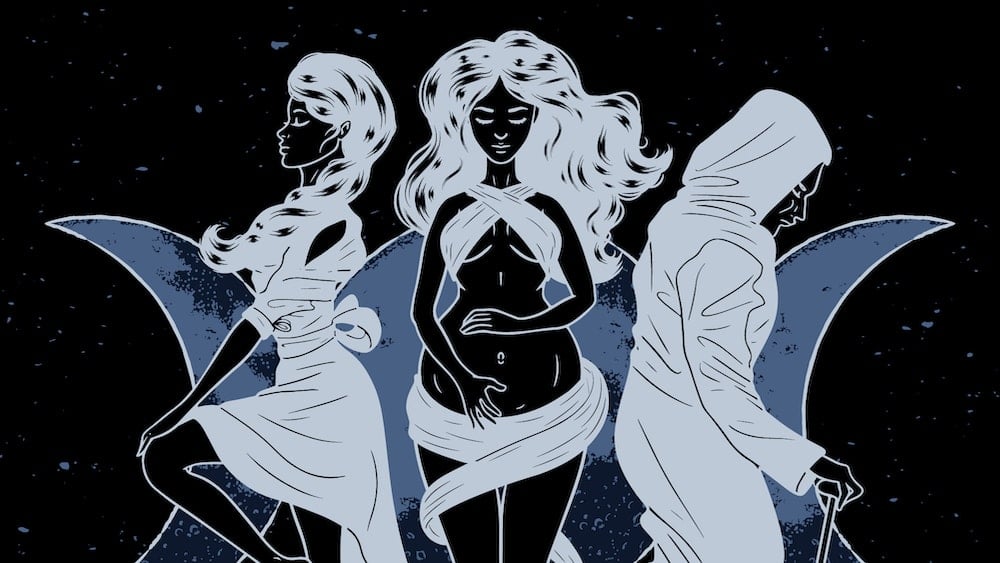
As we have established, the eight Sabbats generally represent the masculine energies of the Sun God. Each point on the Wheel is thought to correspond with a certain point in the god’s lifecycle. Similarly, we can see the Moon Goddess take on the Maiden, Mother, and Crone forms as the months pass.
Of course, even though these two are the main deities we follow through each of the Sabbats, many Wiccans also honor other gods. If you don’t relate to the Sun God and the Triple Goddess, you can see the Wheel through the prism of the struggle between the Oak King and the Holly King. Their roles are particularly prominent in neopagan celebrations of Yule.

Then again, some Wiccans choose to follow completely different deities, notably from the Greco-Roman pantheons. But you don’t have to honor them if you don’t have a personal connection to them. Remember, most cultures across the world have deities that may fit in with the themes of Wiccan Sabbats. So look into your past and explore until you find the pantheon that feels significant to you!
A Study of the Wiccan Wheel of the Year
Now that we know the history and the significance of the Wheel of the Year, it’s time to watch it turn. Before we explain each of the Sabbats, remember that this calendar is cyclical for a reason. There are no beginnings or endings in nature, so the Wheel never stops turning. Even so, we have to start our list somewhere — so we might as well choose the festival that marks the end of the old and beginning of the new calendar year.
Yule aka the Winter Solstice – December 21st-22nd
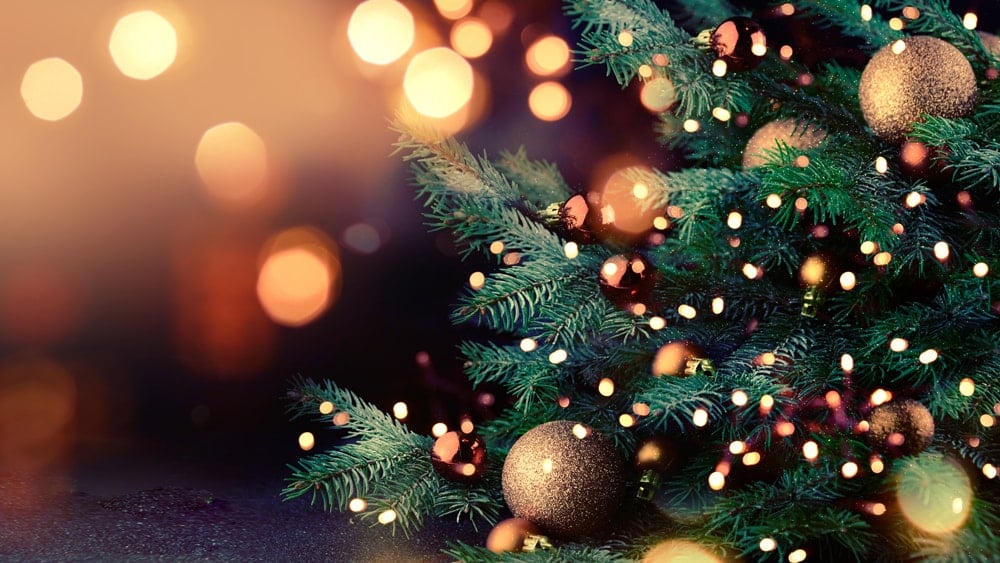
Since Yule is one of the festivals that is tied to the Earth’s rotation around the Sun, it doesn’t occur at the same time every year. Nowadays, it tends to happen either on December 21st or the 22nd. At that point, people in the Northern Hemisphere experience the shortest and darkest day of the year as the Earth tilts away from the Sun.
Notably, though, people in the Southern Hemisphere might choose to celebrate the Summer Solstice on this day instead. After all, that half of the Earth is tilted toward the Sun, making Yule the longest day of the year there. So it makes sense to flip the whole Wheel if you live south of the Equator.
To get back to the subject at hand, although Yule is the shortest day of the year, it actually represents the return of light. Symbolically, the Sun God is reborn in his new form on this day, though he died at Samhain. In the coming weeks, the days will lengthen and the world will begin anew.
Imbolc or Candlemas – February 2nd
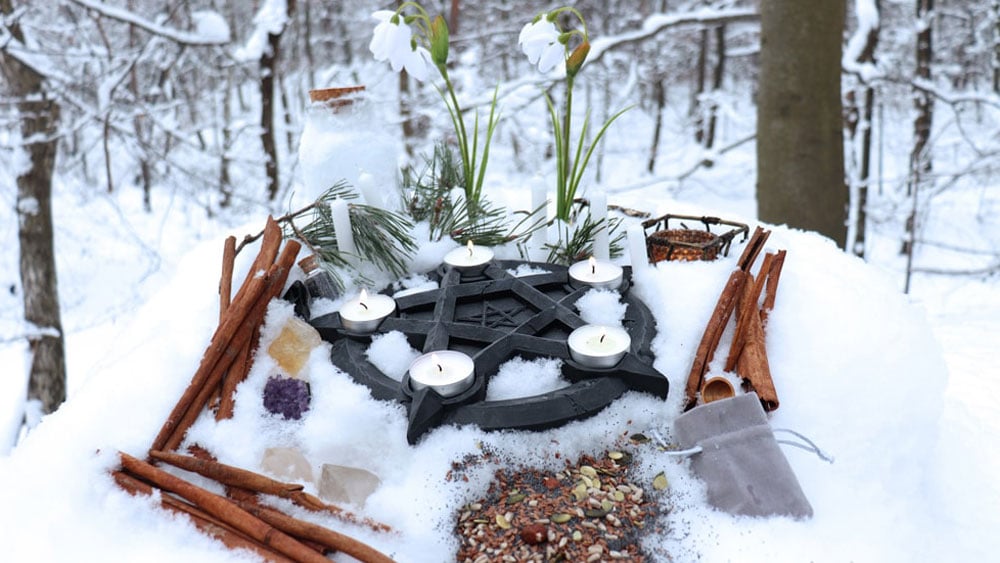
Next up, we have Imbolc, which is one of the four cross-quarter festivals we have previously mentioned. The holiday corresponds with the modern Saint Brigid’s Day — which was named after the pagan goddess Brigid. If you’re in the United States, you may celebrate Groundhog Day around the same time too!
Since this Sabbat falls on February 2nd, it represents the coming of spring after a frigid winter. As the days continue to grow longer, the Crone rests as the Maiden form of the Goddess emerges. At the same time, the Sun God is also reaching puberty. These themes of anticipation and hope make Imbolc the perfect time to do a bit of pre-spring cleaning!
Ostara aka the Spring Equinox – March 19th-21st
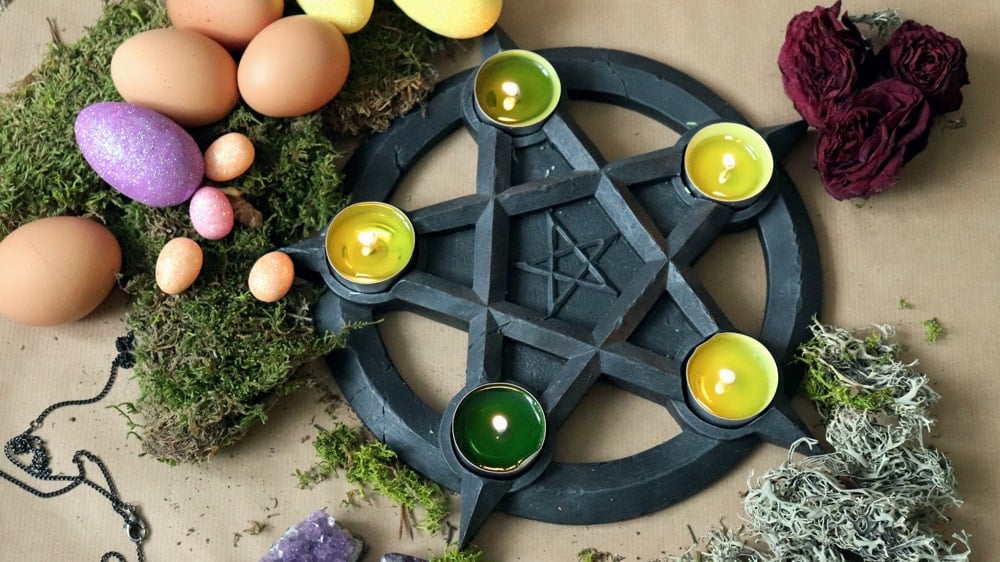
Like the winter solstice, the spring equinox tends to shift from year to year. For the past several years, it has consistently fallen on March 20th, though it can be as early as the 19th or as late as the 21st.
On Ostara, day and night are in perfect balance, as are the feminine and masculine energies. Growth and fertility is the main theme of the Sabbat, so we see plenty of rabbit motifs, seeds, and flowers. If that sounds familiar, it’s because Easter has adapted many pagan traditions — down to painting eggshells!
Beltane or May Day – April 30th-May 1st
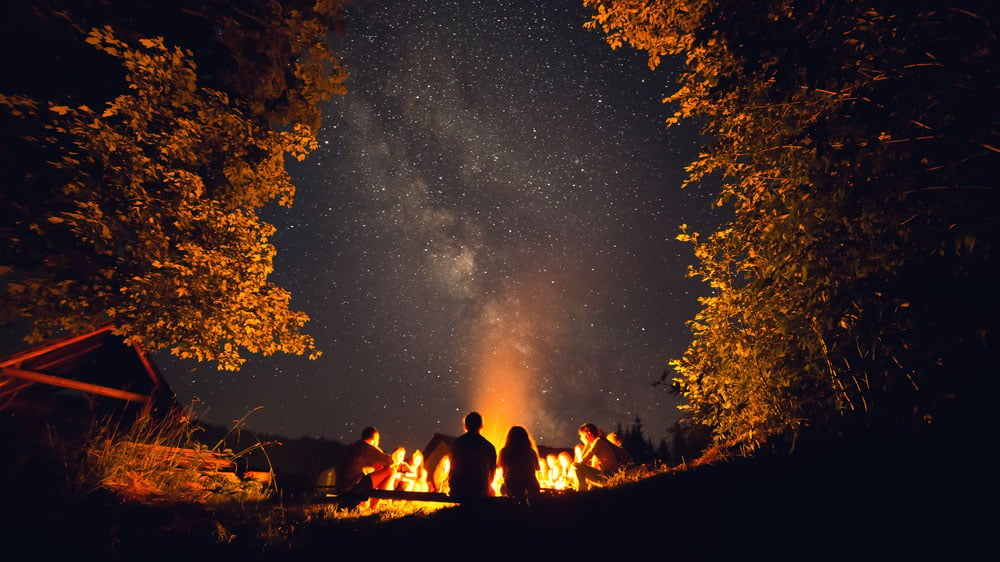
Beltane is the second Celtic fire festival that found its way onto the Wheel of the Year. On this day, ancient Celts honored Balor, the god of light and fire, who also helped ensure the fertility of the Earth. Today, we usually celebrate Beltane either on the last day of April or the first day of May, which is why some Wiccans refer to it as May Day.
At this time, we celebrate the mating of the Sun God and the Goddess, who will soon change into her Mother form. To honor the consummation of this love, many Wiccans choose to schedule their handfasting ceremonies or weddings on this day. Other ways to celebrate include dancing and singing around the Maypole, planting seeds, or making bonfires.
Litha aka the Summer Solstice – June 20th-21st
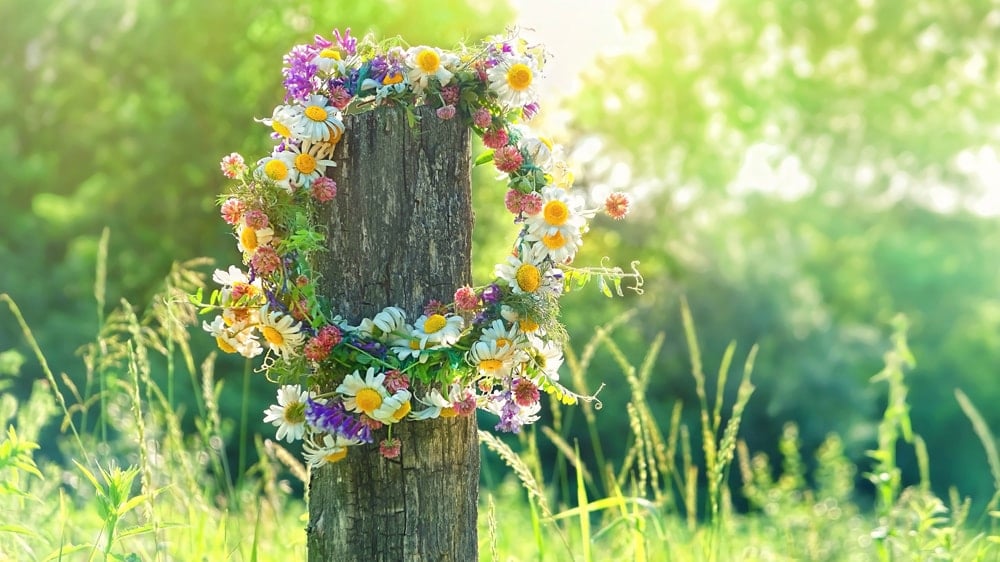
Pagan midsummer festivals usually occur on June the 20th or 21st. As the polar opposite to Yule, Litha marks the longest day and shortest night of the year. It is a time when the Goddess is heavily pregnant and the Sun God reaches his maximum strength.
As we watch the crops growing and the forests become lush and full, we experience all the abundance and joy of summer. However, this day also signifies the decline of light, as the nights start to grow longer.
Lughnasadh or Lammas – August 1st

Lughnasadh is the third Celtic fire festival we celebrate — but the first harvest festival on the Wheel. The alternate name of the Sabbat, Lammas, translates to Loaf Mass. If nothing else, that gives us an inkling of how pagan celebrations of the harvest seeped into Christian practices.
Since we usually celebrate Lughnasadh on August 1st, it tends to be the hottest day of the year. Still, we can anticipate the coming chill as the Sun God begins his decline. At the same time, the Earth has given us a plentiful bounty we get to enjoy.
Whether our harvest is agrarian or spiritual, now is the time to reap what we have sown earlier in the year. Above all, we must be grateful for whatever we receive during this time and share our abundance with others.
Mabon aka the Fall Equinox – September 22nd-23rd
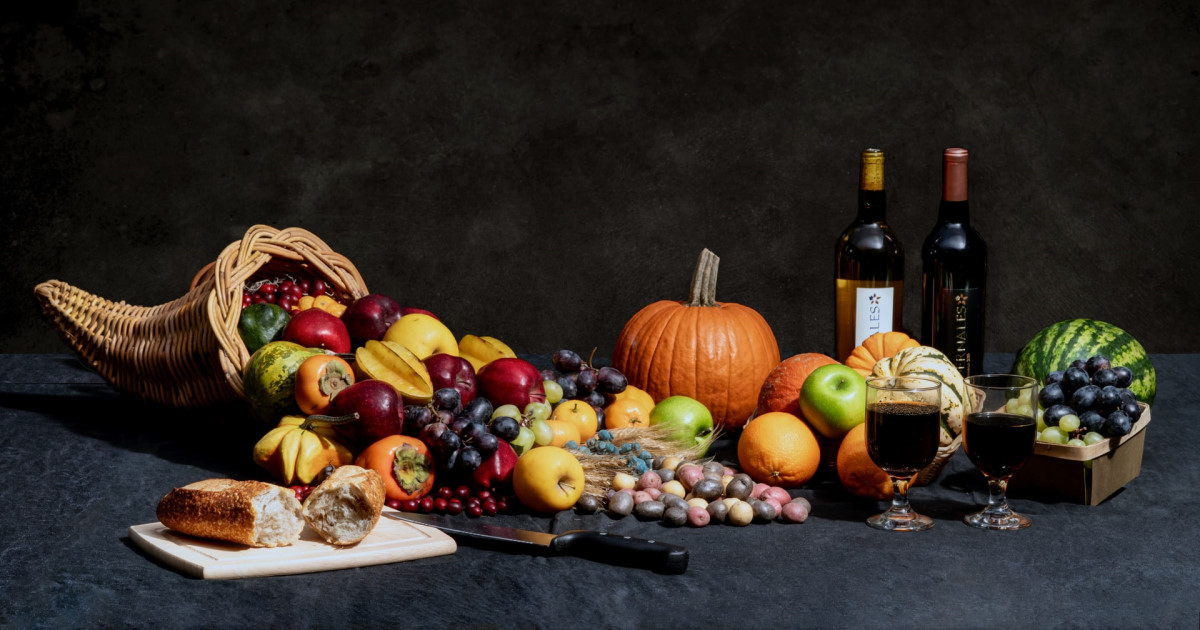
Mabon is the second harvest festival on the Wheel of the Year, though it’s technically a Lesser Sabbat. The fall equinox usually occurs on September 22nd or 23rd, whichever day has an equal amount of day and night.
Like the spring equinox, Mabon is a time to celebrate balance but also abundance, as the second harvest comes in. Some people call it the Wiccan Thanksgiving as it encourages reflection, gratitude, and sacrifice (in the form of charity).
Needless to say, it’s also a good opportunity to start preparing and storing food for the winter. If you practice spellwork, you can prepare spiritually as well, namely by casting protection and inner strength spells.
Samhain or All Hallow’s Eve – October 31st-November 1st
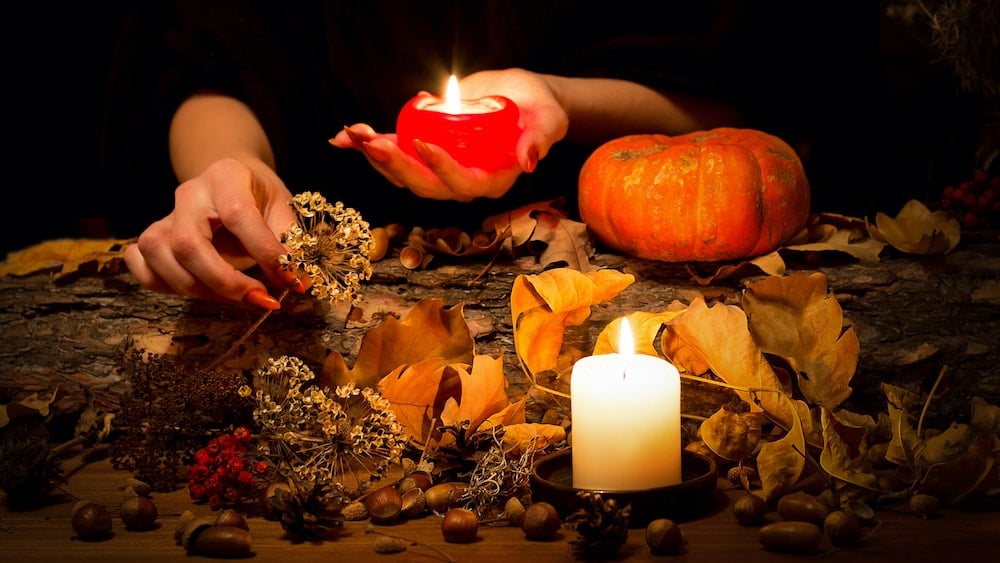
Even outside of Wicca, most people are aware of Samhain — otherwise known as the witches’ New Year or, simply, Hallowe’en. The last of the Greater Sabbats tends to fall on the night between October 31st and November 1st.
Samhain signifies the final victory of darkness over light and the death of the Sun God. The Goddess is in her Crone form, weary and wise. At this point, some Wiccans believe she has already given birth during the first harvest festival. However, others believe that she is still pregnant, carrying the next incarnation of the Sun God.
Still, endings and death are major themes of this festival. Since the veil between our world and the next is thin, now is the perfect time to communicate with spirits. Alternatively, it’s a good time to work on banishment spells for people — living or dead — who have overstayed their welcome in your life.
Don’t miss out!
We have a special offer for you after you create your free account
How Can You Make the Wheel of the Year Calendar Work for You?

As you know, the Wheel of the Year allows us to celebrate the natural cycles of the Sun and Earth. But that means that we have a major holiday to mark every other month! Understandably, that’s not a tempo most people can keep up with.
So how can you adapt the Wheel of the Year to include it in your Wiccan practice? Well, simply put — just pick whichever traditions suit you and ignore the rest.
While some people go all out with food preparation, decorations, and spellwork, others just light a candle and call it a day! Remember, Wicca allows individuals to choose whichever practice works for them. So, no one will tell you the way you honor the Sabbats is wrong. Just read up on the Sabbats and then do whatever feels right.
Check out our other articles:
Sigils for Newcomers
Jar Spells Made Simple
Get to Know Your Familiar
Candle Color Meanings
Moon Phases and Simple Rituals
See All Articles
Love this article? Share the magick with your friends and loved ones!